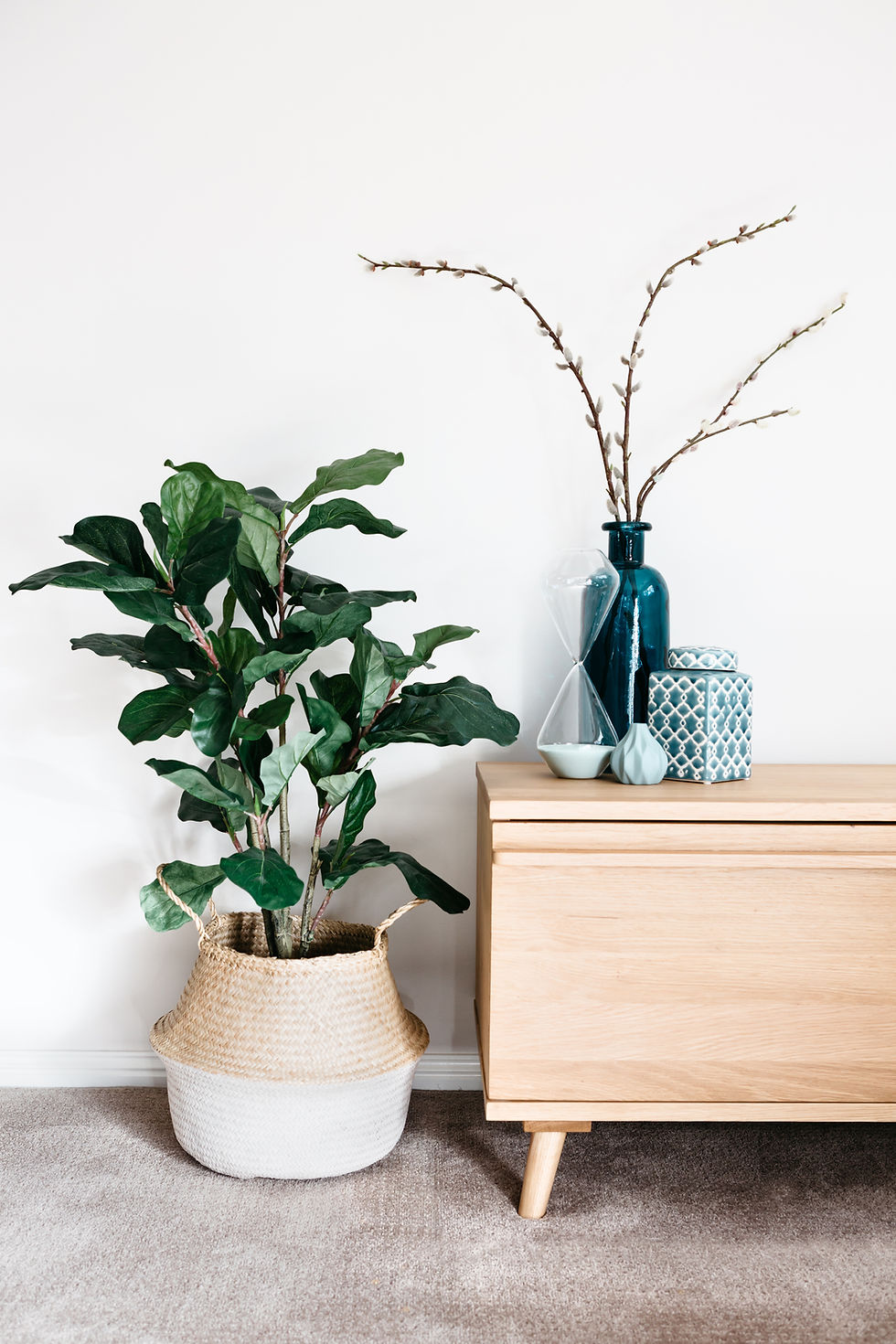Surprising Impact of "De Stijl"
- Flying Dutch Mum
- Mar 2, 2017
- 2 min read
Half-term. Sunday morning. Super early. I'm in the car driving on snow covered streets in northern Holland (yes! snow! I know a rarity). I'm back in my home country for one of my regular "catch-up-with-family-and-friends" visits and also in search of treasures for my new on-line venture. It's quiet in the back of the car and so are the roads. Heaven! Ideal time to reflect on content for my blog. Not so straightforward. There are so many interesting bloggers out there. What interesting bits can I, debut blogger, contribute? My passion for stories, individuality, history, culture, passion and influences...

This sign interrupts my thoughts ....
Reminds me of the '80s packaging of hair gel products... was it l'Oreal?
But seriously now... Piet Mondrian - well-known for the blocks of primary colours boxed off by straight black lines - 100 years??? I must admit, a little ashamedly, that despite being Dutch I never realised or appreciated the influence the movement De Stijl ("The Style") had and still has. Truthfully, never really made the connection Mondrian to De Stijl, only Mondrian to L'Oreal - ha! Now that's what I call (good?) marketing.

Mondrian, together with Gerrit Rietveld, the designer behind the striking yet probably uncomfortable angular red and blue wooden "zigzag" chair, and the artist Theo van Doesburg were the core founders of the movement 100 years ago.

The movement was all about line and colour, a language of abstraction. They wanted to bring about not only a new form of art but develop a base for a new society. The movement is not only confined to painting but it is reflected in architecture, interior design, graphic design and typography. De Stijl had a major influence on Bauhaus in Germany and on modern art throughout the 20th Century and is still deeply rooted in today's Dutch Design.
The term Dutch Design was first used in Milan in 1993 when the conceptual design company Droog astounded the international furniture trade and journalists spoke of a "new wave of Dutch Design". It stuck.
Characteristics of Dutch Design are: minimalist, experimental, innovative, unconventional and a sense of humour.
Diane Daniel described contemporary Dutch design, in her article The Rise of Dutch Furniture Style (The New York Times, March 31, 2016), as tilting towards "nonconformity, accentuating colour, shape and surface material to create something innovative and eye-catching."
And Gosh... experimental and unconventional is an understatement! Take Maarten Baas who, in 2002, for his degree-show collection Smoke "took a blowtorch to pieces of secondhand furniture - which included some serious Baroque antiques alongside flea market junk - then painted the charred results with epoxy resin.

Not long after he was also torching grand pianos, high back chairs by Charles Rennie Mackintosh and the classic zigzag chair by Gerrit Rietveld and high end dealers were keen to sell his limited editions."
I'm definitely an advocate of individual, unusual pieces with a story in the house. And these would definitely act as a statement piece and provide ample food for discussion. But when it comes to my sofa I do like some practicality and, it goes without saying, comfort. And there are plenty Dutch design companies that can offer individuality, practicality and comfort -Droog, Moooi, Good, Dutch Design Brand, LeoLux ....
Go On! Surprise Yourself! Discover Dutch Design!




















Comments